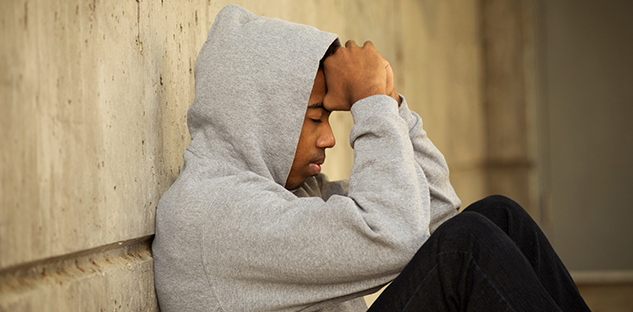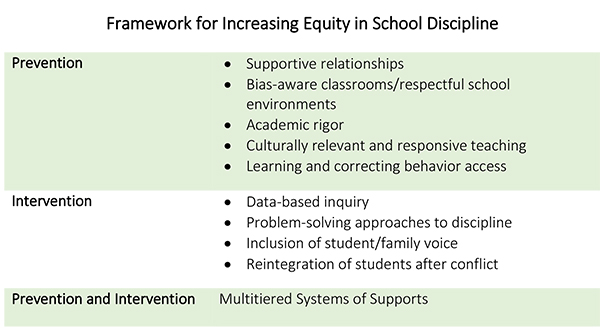
Address Inequitable Discipline: School Counselors as Agents of Change
By Krystal Duncan and Natalie Sedano | May 2022

“To love children, we must struggle together to create the schools we are taught to believe are impossible: Schools built on justice, love, joy, and anti-racism.” – Dr. Bettina Love
Dr. Love’s words are the very foundation of the work that must be done to address the inequitable discipline practices occurring in schools across the United States. Educators, especially school counselors, are uniquely positioned to address the social justice issues that are disproportionately affecting students of color and those with special needs.
Background
The U.S. educational system has a long history of being unjust and not accessible to all students. One of the first legal cases to address this inequitable system was the 1896 Plessy vs. Ferguson case in Louisiana, resulting in the ruling that education could be “separate but equal,” upholding Jim Crow Laws. In 1946, the case of Mendez vs. Westminster ended school segregation in California, making California the first state to officially desegregate its public schools. The landmark Brown vs. Board of Education case, in 1954, declared that “separate but equal has no place” in education and ended segregation across the entire nation. Although each of these cases created a significant shift in education for marginalized students, we continue to see significant disproportionate educational outcomes for students of color, especially related to discipline practices..jpg)
Source: U.S Department of Education, 2015
Current Data
According to “Breaking the Chains: The School-to-Prison Pipeline, Implicit Bias, and Racial Trauma,” the 2016 report from the Equal Justice Society:- Black students are 3.8 times more likely to be suspended than White students, with Black girls 6 times more likely to be suspended than White girls.
- Latinx students represent 21 percent of suspensions and 25 percent of expulsions.
- Nationally, 1 in every 13 Native American students is suspended.
- Black male students with disabilities have a 33.8 percent chance of being suspended compared to a 16.2 percent chance for White male students with disabilities
- Nine percent of LGBTQ+ students were disciplined for simply identifying as LGBTQ+.
Now what?
One of the biggest steps towards becoming an agent of change is to learn one’s identity and personal bias, and build up the courage to take part in important and uncomfortable discussions about equity. The Center on Positive Behavioral Interventions and Supports published the guide “Discussing Race, Racism, and Important Current Events with Students: A Guide with Lesson Plans and Resources.” This publication supports existing teams in developing a comprehensive plan and teaching lessons regarding race and racism. For those just getting started on the journey, acknowledging students’ experiences and identities is an important first step.One important aspect to consider in establishing a culture (why it feels the way it feels) and climate (what one sees on the surface, how it feels) is equity at the core of one’s work. Consider establishing a framework of prevention and intervention such as Positive Behavioral Interventions and Supports/Multitiered Systems of Support. Swan Eaton of the Center for Strengthening the Teaching Profession shared this framework for increasing equity in school discipline. With your administrator, consider using the framework option at your school for prevention and intervention.

To review the effectiveness of discipline and/or intervention strategies, use your school’s discipline data in the four-part model:
- Plan: Analyze the data and identify root causes
- Do: Decide on a plan and implement
- Study: Evaluate and monitor progress
- Act: Adjust your plan, if necessary
Further Resources
- PBIS Cultural Responsiveness Field Guide: Resources for Trainers and Coaches, Center on PBIS, University of Oregon, 2021
- Preparing Staff for Diversity, Equity, and Inclusive Initiatives, by J. Valenzuela, 2021